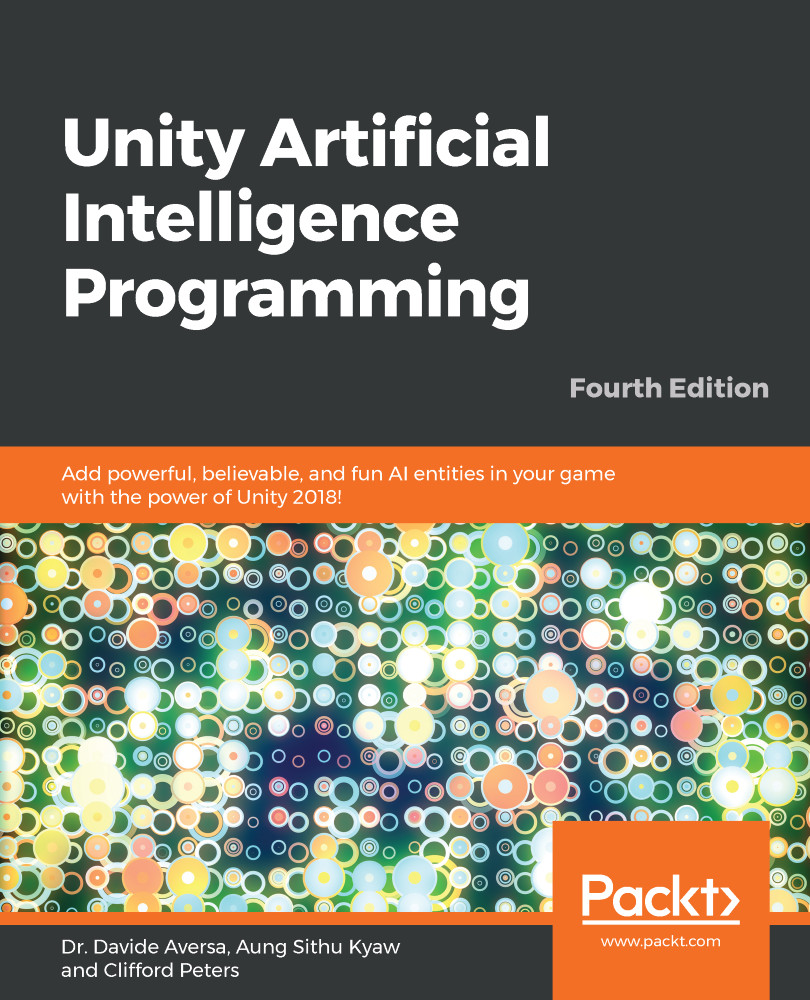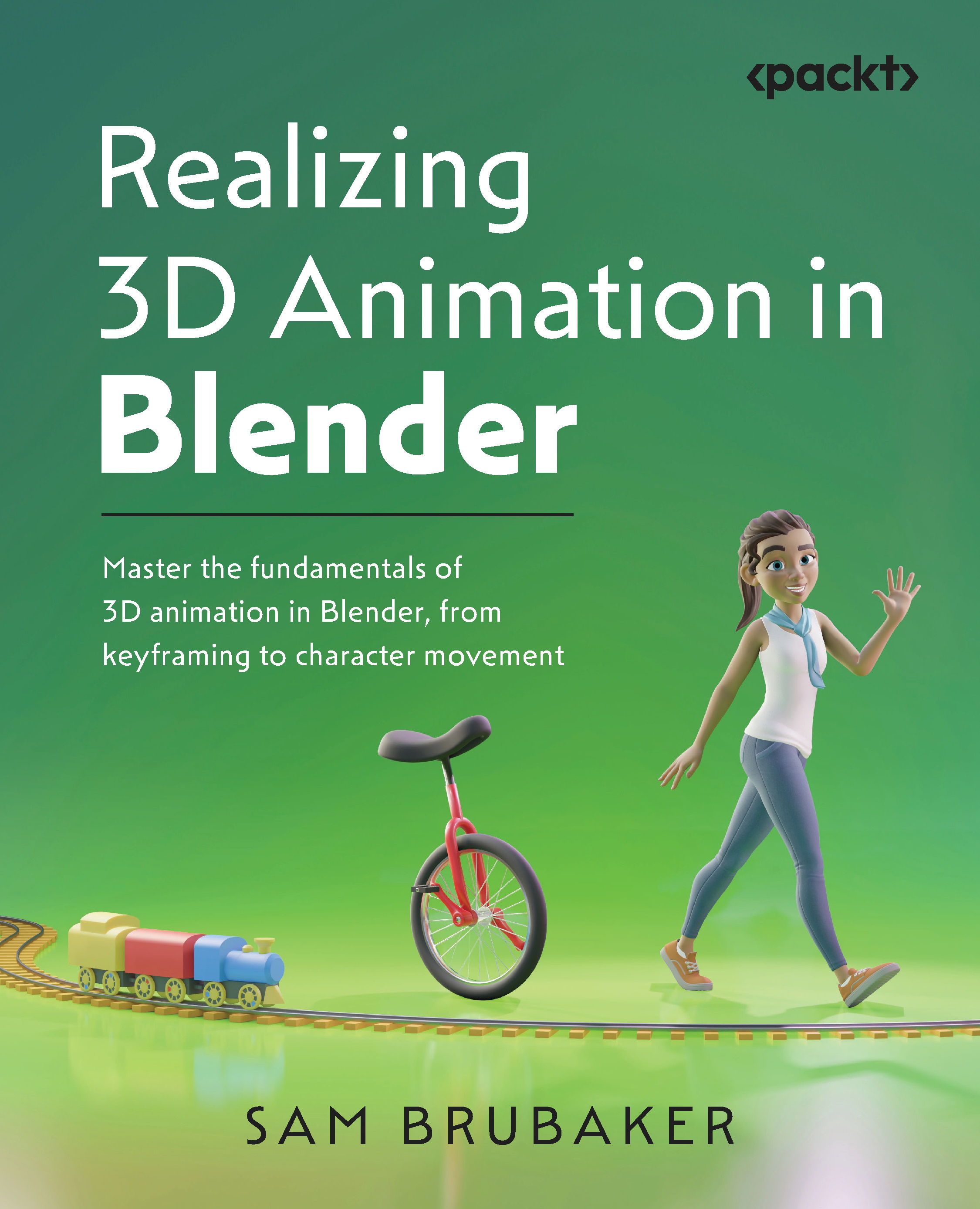Once we have players' attention and have motivated them to keep on playing our game, what we have to try to do is get them so interested in our game that they eventually feel immersed in it. The stronger the immersion is, the more motivated players are, the longer they will play, and the better their experience of our game will be.
But, how can we get our players' motivation so high that they feel they are inside the game? This is one of the hardest questions to answer, because it depends on our ideas, our mechanics, our gameplay, and our story. But there is another question as important as this one: once we get them immersed, what do we have to do to keep them that way?
There are some standards that we should follow, to both create interesting content to generate an immersive game, and to prevent us from taking the player out of that immersion.
The environment is our strongest weapon in this case. Through our environment, we can talk in many ways, we can communicate with the player and influence their decisions. Background music, art styles, epic backgrounds, wonderful characters and enemies, props, and objects. All of must be used to make the player feel the world is alive, changing around them. Interaction with these characters, and objects—being able to break some glass, throw some chairs around, change some local town's history by saving the princess—are the key to generating an immersive world.
The interaction between the player and the game is delimited by some standard rules we, as designers, set. These rules control the environment in which players will have to do some decision-making, which means, at some point, they will try to do something our rules won't let them. This is the reason why we need to show or teach these rules to players as soon as the game starts, because if they keep on playing, that means they silently agreed to all the standards that we established in the first place.
As I explained in the previous section, everything and everyone within our video game must follow the same rules. Breaking this rule would mean breaking the player-rules agreement, and would immediately take the player out of their immersion by making them frustrated, angry, or just wonder what happened. We must try to avoid this at all costs. So, if we are thinking about objects, enemies, or NPCs, make sure they follow the same basics as the player.
 United States
United States
 Great Britain
Great Britain
 India
India
 Germany
Germany
 France
France
 Canada
Canada
 Russia
Russia
 Spain
Spain
 Brazil
Brazil
 Australia
Australia
 Singapore
Singapore
 Canary Islands
Canary Islands
 Hungary
Hungary
 Ukraine
Ukraine
 Luxembourg
Luxembourg
 Estonia
Estonia
 Lithuania
Lithuania
 South Korea
South Korea
 Turkey
Turkey
 Switzerland
Switzerland
 Colombia
Colombia
 Taiwan
Taiwan
 Chile
Chile
 Norway
Norway
 Ecuador
Ecuador
 Indonesia
Indonesia
 New Zealand
New Zealand
 Cyprus
Cyprus
 Denmark
Denmark
 Finland
Finland
 Poland
Poland
 Malta
Malta
 Czechia
Czechia
 Austria
Austria
 Sweden
Sweden
 Italy
Italy
 Egypt
Egypt
 Belgium
Belgium
 Portugal
Portugal
 Slovenia
Slovenia
 Ireland
Ireland
 Romania
Romania
 Greece
Greece
 Argentina
Argentina
 Netherlands
Netherlands
 Bulgaria
Bulgaria
 Latvia
Latvia
 South Africa
South Africa
 Malaysia
Malaysia
 Japan
Japan
 Slovakia
Slovakia
 Philippines
Philippines
 Mexico
Mexico
 Thailand
Thailand
















